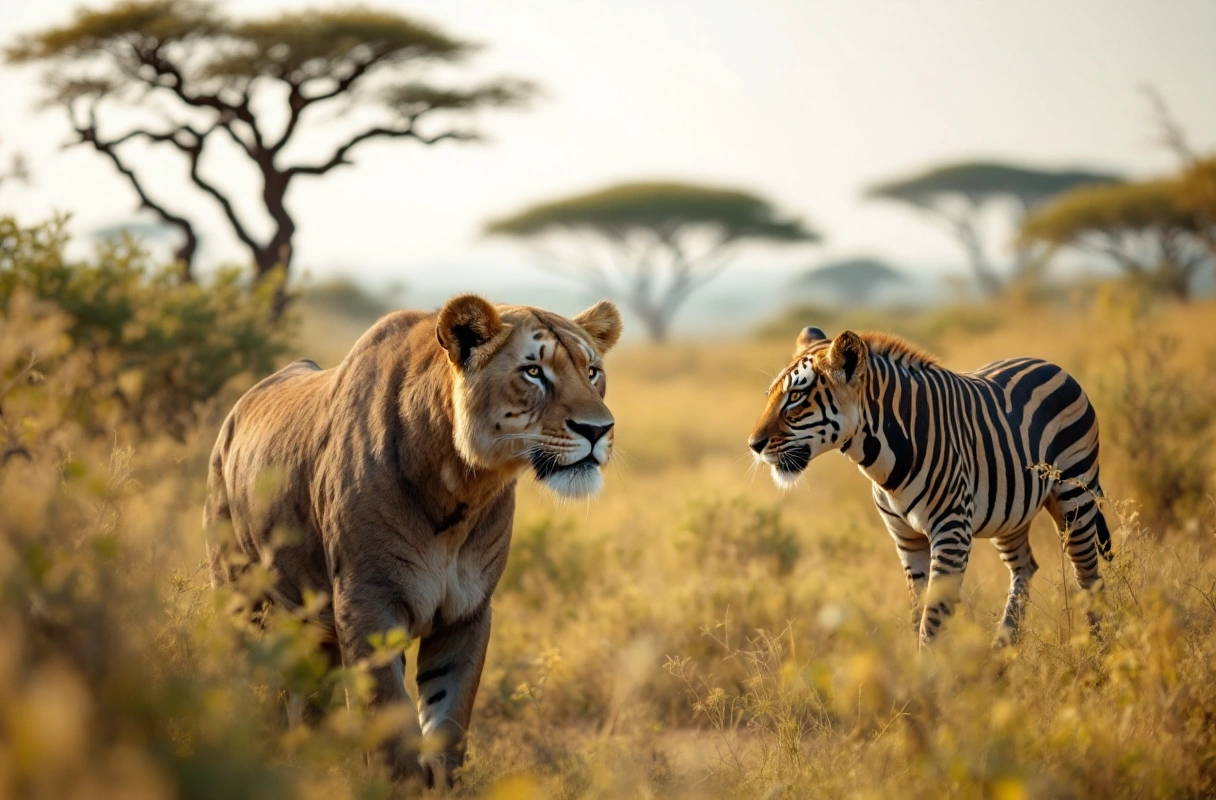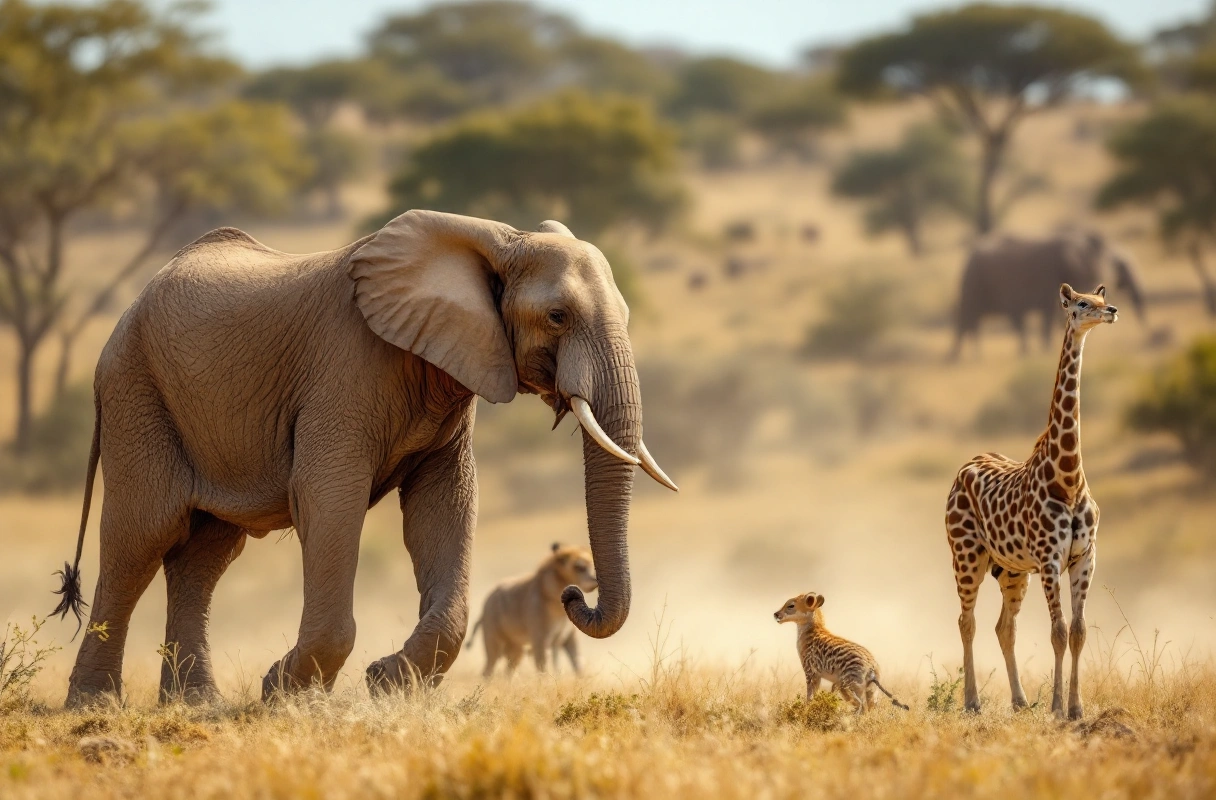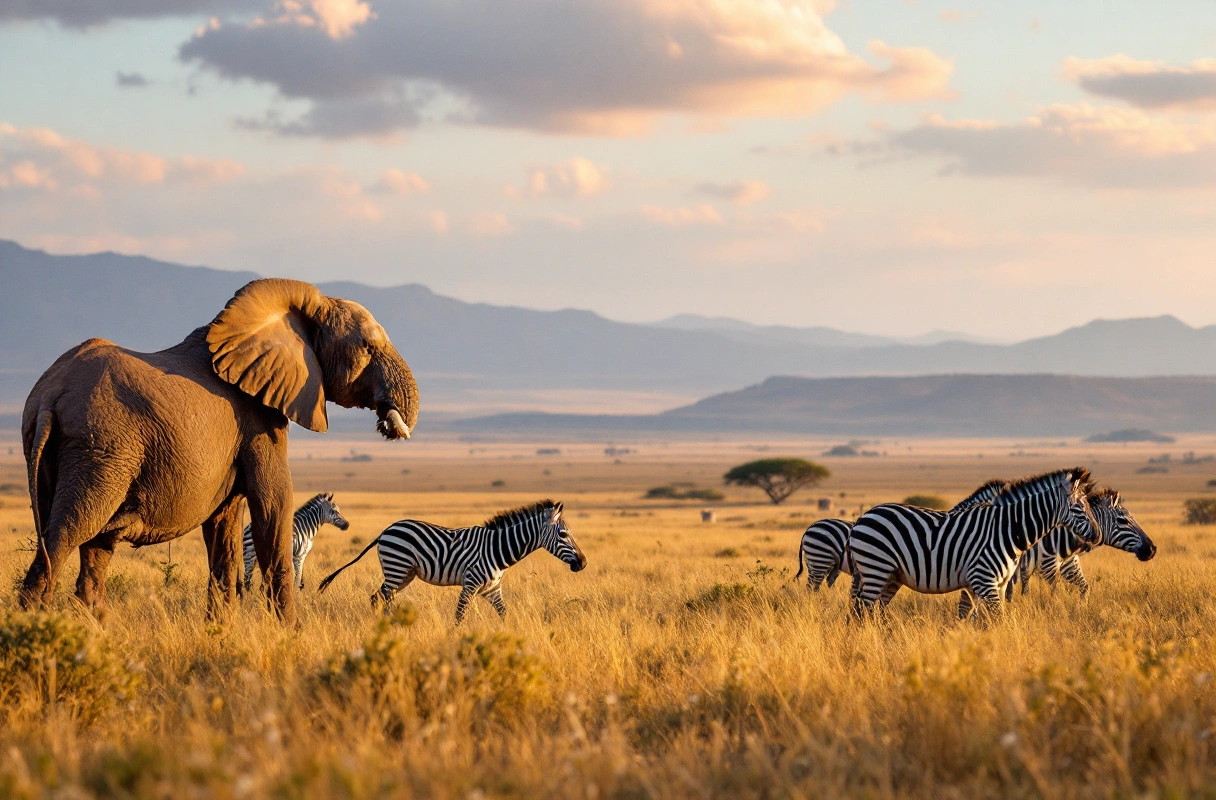
Africa is a continent bursting with life, diversity, and unique ecosystems, making it one of the most fascinating places to observe wildlife. From the vast savannas of the Serengeti to the dense jungles of the Congo, African animals exhibit behaviors that are as unique as the habitats they inhabit. Understanding these behaviors not only enhances the wildlife experience but also deepens our appreciation for the intricate balance of nature.
In this article, we will explore the unique behaviors of African animals and provide insights on the best times to see wildlife in their natural habitats. Whether you are a seasoned traveler or a curious student, this guide will equip you with the knowledge to maximize your wildlife experiences in Africa.

African animals are known for their complex social structures and communication methods. For instance, elephants, often referred to as the "gentle giants," live in matriarchal herds. The matriarch, usually the oldest female, leads the group and makes crucial decisions regarding migration and feeding. Elephants communicate through a range of vocalizations, body language, and even vibrations transmitted through the ground, showcasing their sophisticated social dynamics.
Similarly, African wild dogs exhibit a unique pack behavior characterized by cooperative hunting and a strong social bond. They are known for their high-pitched vocalizations that help coordinate hunts and communicate with pack members. Observing these social interactions can provide a deep insight into the lives of these remarkable animals.
Different species of African animals have developed specialized foraging and feeding strategies that reflect their adaptations to the environment. For example, giraffes are known for their long necks, which allow them to reach leaves high up in trees, primarily acacias. Their unique feeding strategy minimizes competition with other herbivores that cannot reach the same foliage.
On the other hand, predators like lions and leopards have developed hunting techniques that leverage stealth and strength. Lions often hunt in groups to take down larger prey, while leopards rely on solitary ambush tactics. Understanding these behaviors not only enhances the wildlife experience but also highlights the delicate balance of predator-prey relationships in African ecosystems.
Migration is one of the most spectacular behaviors exhibited by African animals, particularly the wildebeest during the Great Migration in the Serengeti. This annual event involves over a million wildebeests, zebras, and other herbivores moving in search of greener pastures and water sources. The migration is a life-and-death journey, as these animals must navigate through predators and harsh environmental conditions.
Bird species, such as the African swallow, also exhibit fascinating migratory patterns. They travel thousands of miles between breeding and wintering grounds, showcasing the incredible navigational skills inherent in many African animals. Observing these migrations can provide insights into the adaptive strategies these animals have developed to survive in a dynamic environment.

To maximize your wildlife experiences, understanding the best times to visit specific regions in Africa is crucial. Here are some key periods to consider:
The dry season is often considered the best time to see wildlife in Africa. During this period, animals congregate around water sources, making them easier to spot. The vegetation is less dense, providing better visibility. Key highlights of the dry season include:
While the wet season may seem less favorable due to the rain, it offers unique wildlife experiences that should not be overlooked. The wet season is characterized by:
Different regions in Africa have their own unique wildlife calendars. Here are some examples:

Despite the wealth of information available, several misconceptions about wildlife experiences in Africa persist. Addressing these can help travelers better prepare for their adventures.
Many people believe that wildlife viewing is exclusively for tourists, but local communities also engage in wildlife conservation and education. Supporting eco-tourism initiatives can positively impact local economies and promote sustainable practices.
While some species are more visible than others, many animals are adept at hiding. Understanding animal behavior and habitat preferences can significantly enhance your chances of animal spotting. Engaging with experienced guides can provide valuable insights into the best viewing strategies.
While Africa is home to some of the world's most formidable animals, not all African wildlife poses a threat. Many species, like giraffes and zebras, are generally docile. Educating oneself about animal behavior and respecting their space can lead to safe and enjoyable wildlife experiences.
Responsible wildlife viewing is crucial for the conservation efforts of African animals and their habitats. Here are some guidelines to follow:
As we have explored the unique behaviors of African animals and the best times to observe them, it becomes clear that understanding these magnificent creatures enhances our appreciation of the natural world. The Banana Slug Club is committed to educating nature enthusiasts, students, and children about the wonders of wildlife and the importance of conservation.
By engaging with our resources, you can deepen your knowledge of African animals and their habitats. Our platform offers a variety of educational materials and interactive experiences designed to inspire curiosity and foster a love for nature.
We invite you to visit our website or contact us for more information about how you can enrich your understanding of wildlife and contribute to conservation efforts. Together, we can ensure that future generations continue to enjoy the incredible diversity of African animals.
Get free resources, early access to new features and updates.
No spam. Just fun educational emails!